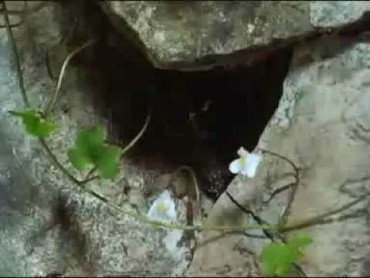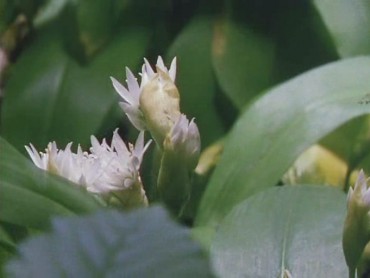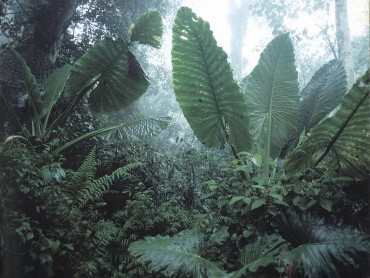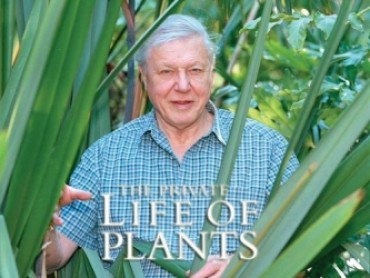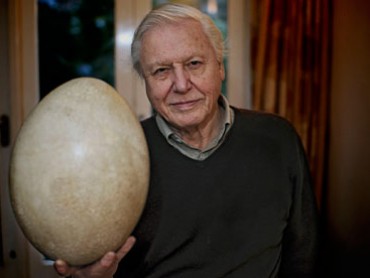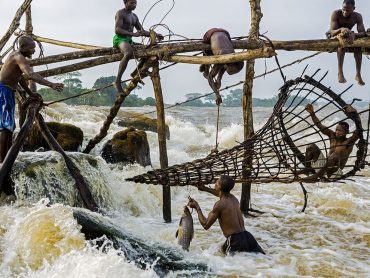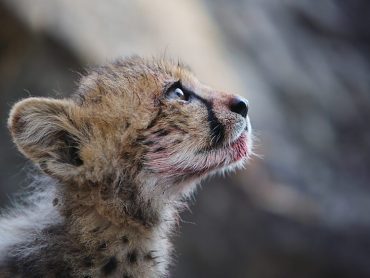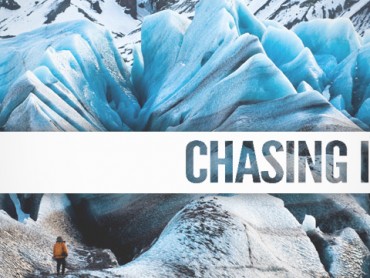Broadcast 26 January 1995, this episode examines how plants either share environments harmoniously or compete for dominance within them. Attenborough highlights the 1987 hurricane and the devastation it caused. However, for some species, it was that opportunity for which they had lain dormant for many years. The space left by uprooted trees is soon filled by others who move relatively swiftly towa
Nature
Broadcast 19 January 1995, the next instalment is devoted to the ways in which plants reproduce. Pollen and a stigma are the two components needed for fertilisation. Most plants carry both these within their flowers and rely on animals to transport the pollen from one to the stigma of another. To do this, they attract their couriers with colour, scent and nectar. It isn’t just birds that help poll
Broadcast 12 January 1995, this programme is about how plants gain their sustenance. Sunlight is one of the essential requirements if a seed is to germinate, and Attenborough highlights the cheese plant as an example whose young shoots head for the nearest tree trunk and then climb to the top of the forest canopy, developing its leaves en route. Using sunshine, air, water and a few minerals, the l
Broadcast 5 January 1995, the first episode looks at how plants are able to move. The bramble is an aggressive example: it advances forcefully from side to side and, once settled on its course, there is little that can stand in its way. An altogether faster species is the birdcage plant, which inhabits Californian sand dunes. When its location becomes exposed, it shifts at great speed to another o
A look at man's relationship with Dirt. Dirt and humans couldn't be closer. We started our journey together as stardust, swirled by cosmic forces into our galaxy, solar system, and planet. We are made of the same stuff. Four billion years of evolution created dirt as the living source of all life on Earth including humans. Dirt has given us food, shelter, fuel, medicine, ceramics, flowers, cosmeti
Episode 1: Island of Marvels Madagascar, the world’s oldest island, broke off from Africa and India and has been on its own for more than 70 million years. In splendid isolation, it has evolved its very own wildlife – more than 80 per cent of it is found nowhere else. And that wildlife is quite extraordinary. In this episode, we reveal the island’s most bizarre and dramatic places, and the unique
One of the worlds great rivers flows from the heart of Africa, it cuts through the largest rainforest outside of the Amazon and contains wildlife found nowhere else on Earth. The Democratic Republic of Congo is a vast beautiful but tormented place.The country is mineral rich but the people are among the worlds poorest, for centuries its resources have been plundered and it has been ravaged by
There are few sights in nature as dramatic as a big cat battling its pray but cheetahs aren't born ready to hunt, it is a skill which their mothers teach them over many challenging months. What does it take in order to turn tiny cubs into fully formed predators? In an effort to find out, one film maker called Kim Wolhuter forged an extraordinary bond with a wild cheetah family and over a year and
Chasing Ice follows National Geographic photographer James Balog as he sets out across the Arctic in order to deploy several cameras, specifically designed to capture time-lapse footage with the goal of documenting how the landscape is changing over time due to the rapid melting of the world's glaciers. Click https://22bet-sk.com/ and get exclusive bonuses

